How to Buy Healthy Plants Online: Money Saving Gardening Guide
 Lee Burkhill: Award Winning Designer & BBC 1's Garden Rescue Presenters Official Blog
Lee Burkhill: Award Winning Designer & BBC 1's Garden Rescue Presenters Official Blog

In today's digital age, buying plants online has become a convenient way for gardening enthusiasts to expand their plant collection. Whether it's buying plants on your phone during your lunch hour or searching Google for that rare specimen plant you can't find in garden centres. Online plant buying is here to stay and part of the gardeners' new toolkit for creating a gorgeous garden.
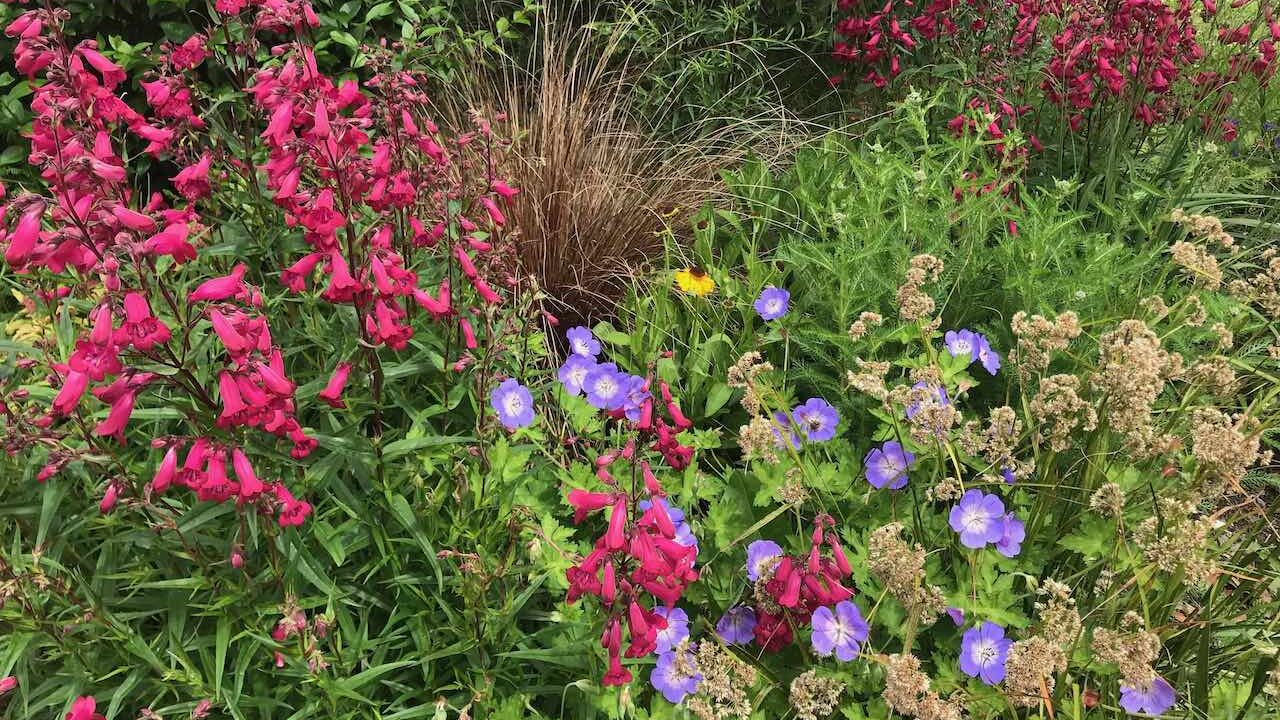
However, choosing healthy plants from the vast selection available can be a daunting task.
Fear not! In this blog, we will share essential tips and guidelines to help you navigate the virtual garden and ensure you receive healthy, vibrant plants delivered right to your doorstep.
This page contains affiliate links for products I use and love. If you take action (i.e. subscribe, make a purchase) after clicking a link, I may earn some gardening commission which helps me keep the Garden Ninja Blog free for all.
Start by researching reputable online nurseries or sellers known for their quality plants and positive customer reviews. Each country has their own big brands but here in the UK, we have a few known sellers that have excellent reputations for supplying great plants.
Look for nurseries that specialise in the type of plants you are interested in. Check if they have detailed plant descriptions, care instructions, and clear photographs, as these indicate their commitment to customer satisfaction.

What may surprise you is that a number of other sellers can also offer fantastic plants such as Amazon and eBay - that is if you know what to look for which is where this guide is going to help save you loads of time! By doing your research in advance you can select the right plant, biggest size and best value.
Key Tip: Always check the location of the seller. It's always better to buy plants from the country you live in than to import plants. It's faster and better for the environment with lower Co2 emissions. It also means you're not unwittingly importing plant diseases into the country.
Before making a plant purchase online, familiarize yourself with the specific needs of the plant you want before buying online.
Consider plant factors such as:
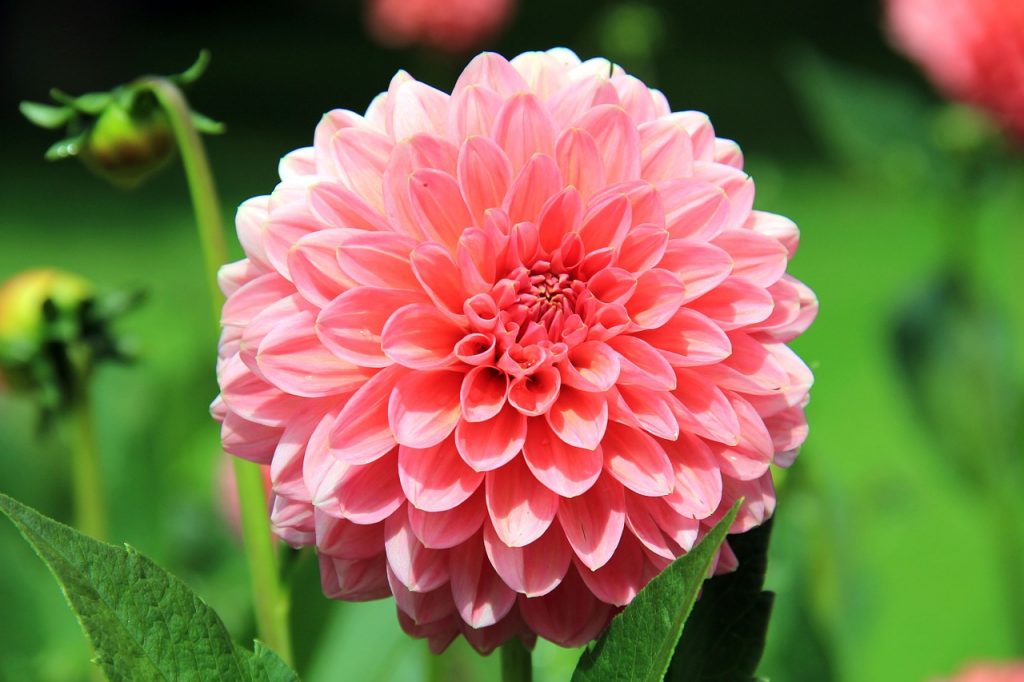
This knowledge will help you choose plants that are suitable for your local climate and gardening expertise. If you just pick plants you like the look at the chances are when you get them delivered they will fail to thrive in your garden.
Key Tip: Make a note of your soil type (this soil guide will help) and how the sun moves around your garden by making notes throughout the day (this guide on garden aspects will help) along with using a compass app to see which way your garden faces. This will inform you how much light there is which allows you to pick plants that either like full sun, dappled shade or part shade.
Did you know that you can take my course and learn how to become a Garden Ninja yourself? Click here for details
Customer reviews are valuable resources for gauging the quality of plants and the reliability of the online nursery. Look for reviews that mention the health and condition of the plants upon arrival, as well as the packaging and delivery process. There's no point getting a great deal buying plants online if they arrive dried out, battered and damaged.
Positive feedback from previous customers is a good sign of a trustworthy seller but make sure the reviews state specifics. Fake reviews will always sound too good to be true and never mention specific plant names.

Key Tip: Check the number of reviews and specific plant details of both the positive and negative reviews. Trust your instincts, if a plant purchase seems too good to be true it probably is. When searching Google the ads at the top are usually sponsored - i.e. the seller pays to get them listed higher, so make sure you also scroll down for the Organic results (not paid for).
Believe it or not, the size of plants when buying online differs hugely. From tiny plug plants that can fit through your letter box to 5-litre pots that arrive in huge boxes (hopefully well packaged).
Don't assume that all plants will be healthy 2-litre plant pots as you see at garden centres. The chances are to save on postage and logistics they will be far smaller.
This is why it is so important to check the size of the plants. The plants in the picture below are 9cm or P9 which is the most common size of 'live plant' sold on Amazon, Thompson and Morgan or eBay. Often referred to as P9.
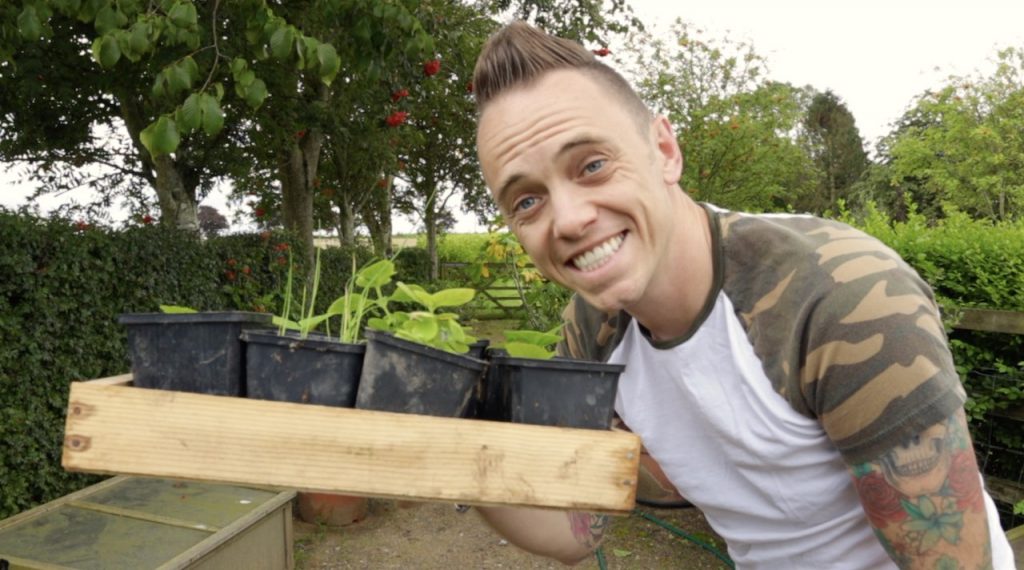
The most common plant sizes sold online in order of smallest to largest are:
Key Tip: Always be aware of the plant size so you know if you're getting a newly grown plug plant or an established 2 litre fully formed plant.
Detailed plant descriptions and high-quality photos can be crucial when buying plants online. But be aware, that most of the photos will be stock photos of the plant in perfect condition. Usually photographed by a professional.
Whereas real-life photos will often show the plant in a small pot, not in flower, which is the more accurate portrayal of your plant bought online.
With real-life plant photos look for clear images that showcase the plant's current condition and growth stage such as the plant in a polytunnel (grown from seed) if bought from an independent nursery. Pay attention to any signs of pest infestations, discolouration, or wilting (which won't exist in the stock photos).
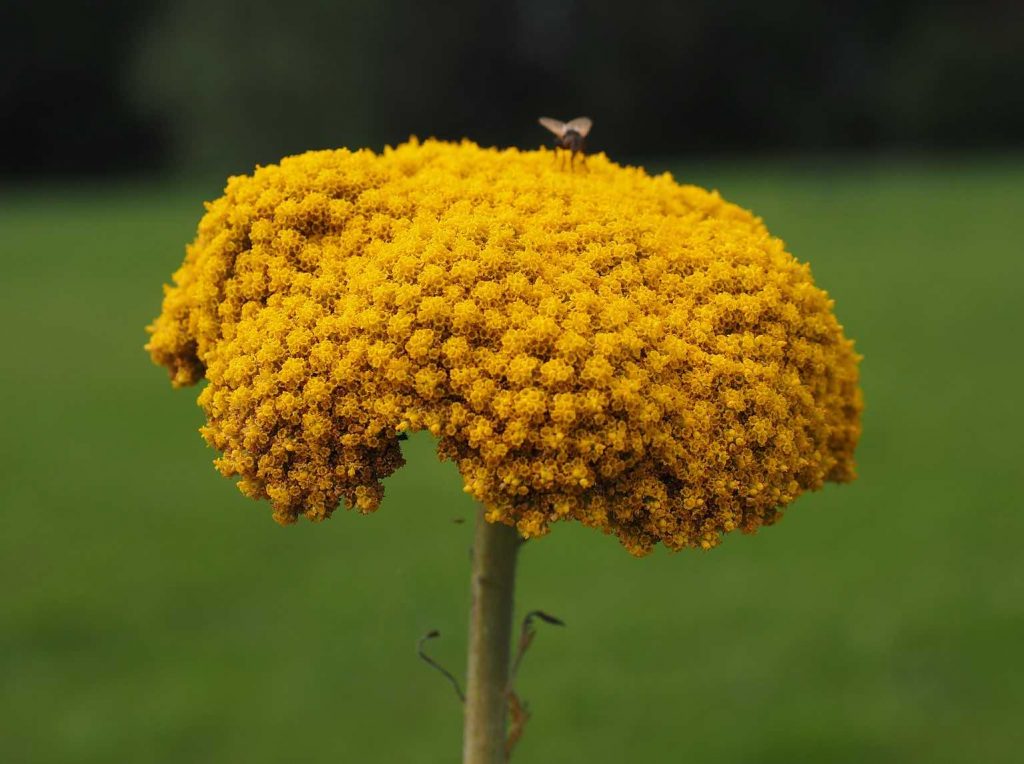
Descriptions should also include information about the plant's size, age, and health status.
A good example of an online plant seller descriptions would read:
It's essential you can also see the full Latin name of the plant, not just the common name. An example below would be:
If not you really don't know what type of plant you're getting as common names can refer to multiple plant species.
Key Tip: Always click the 'Description' or 'Read more' tab on plant listings to check as much of the above detail as possible. If it's missing how can you be sure which plant and what specific details you're actually buying?
Timing your plant purchase is essential, especially for live plants. Avoid buying during extreme weather conditions or very hot and cold seasons, as this can stress the plants during transit and then mean you have to rush to get them planted so they don't die.
Opt for spring or autumn when buying plants online if possible, when temperatures are moderate for most plant types and they have a higher chance of establishing without lots of aftercare such as watering and feeding.
The other consideration is how long delivery will take from your plant being packaged and then delivered to your door. All plants need light and moisture to survive. It's the two key requirements for plants. When they are packaged up both light levels and access to moisture is restricted so they are on a countdown to running out of both these factors.
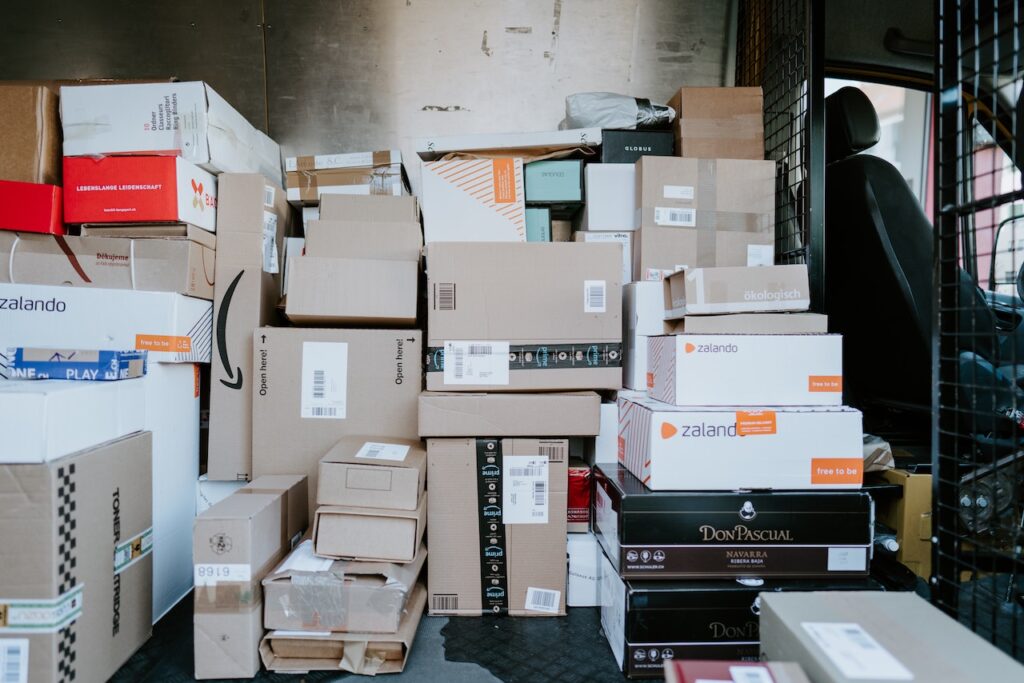
If you're buying plants you really want to receive them no longer than 5 days after they have been packed to give them a fighting chance.
Key Tip: If you see sellers advertising delivery within 28 days or such take caution, that they are not being packaged and then left with a carrier for delivery within weeks at some warehouse. Plants should be received no longer than a week from ordering unless they are awaiting stock.
Carefully packaged plants are more likely to arrive in good condition. Look for online nurseries that use secure and environmentally friendly packaging. Plants should be packed with sufficient padding to prevent soil spillage and damage during transit.
Trusted online plant sellers always package up plants that have been soaked and then the container wrapped to prevent moisture and soil loss.
Plants should always be labelled with 'handle with care' or this way up if necessary. It goes without saying that some delivery companies and shipping carriers look after packages better than others. So sometimes paying a bit more for a trusted carrier can result in plants that have been looked after!
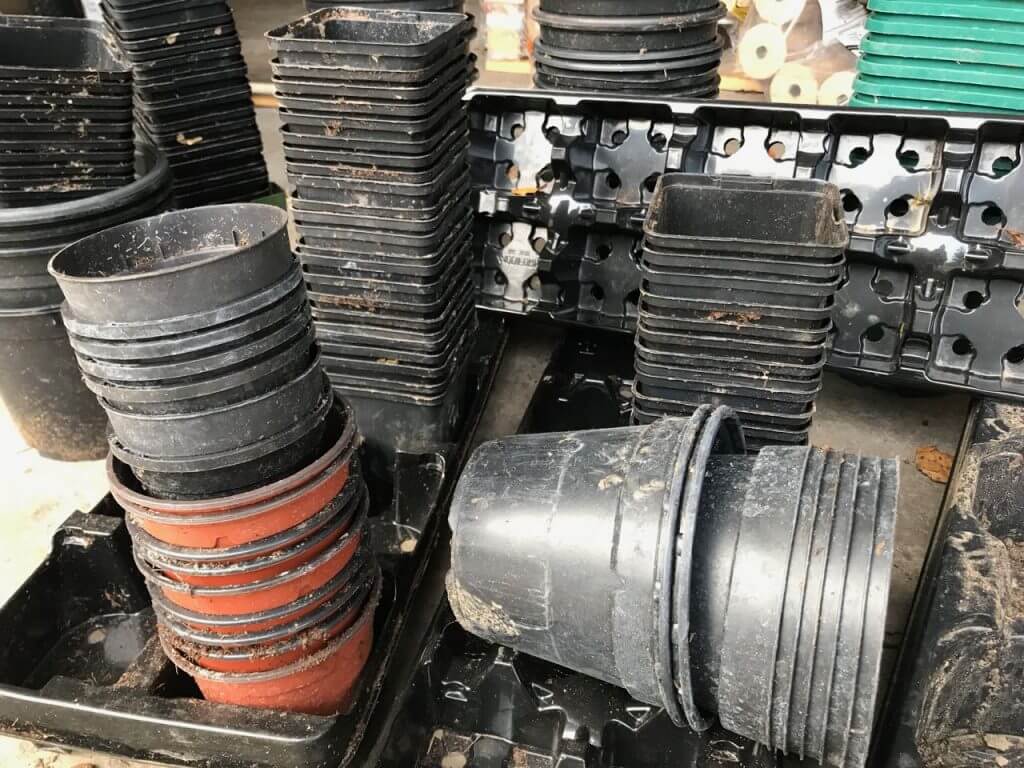
Also, consider the amount of single-use plastic that your order contains as this can't be easily recycled and leaves lots of waste. Especially with plug plant trays and custom plastic wrappings. You can read more here on why single use plastic is the enemy of the gardener and why we should avoid it where possible.
Some ethical plant nurseries will even post your plants completely plastic-free! Below is an example of waxed paper plants delivered from the wonderful Bluebell Cottage Nurseries here in Manchester, UK. Everything below is compostable and recyclable! Brilliant!
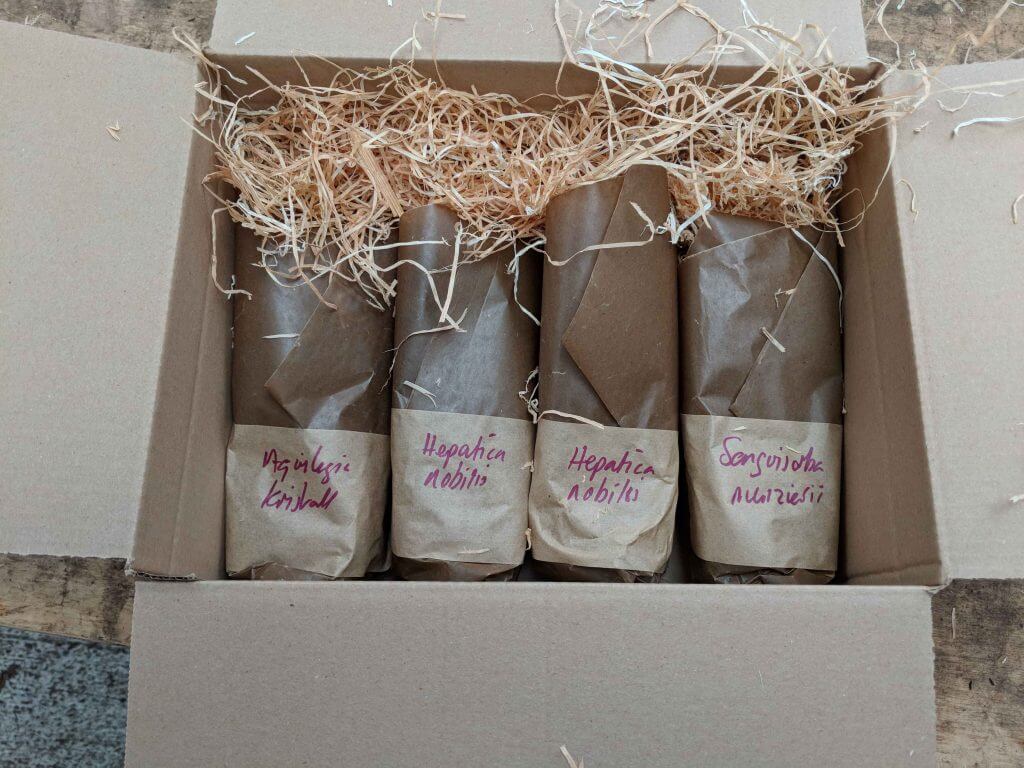
Key Tip: Avoid single-use plastic where ever possible. Opting for the easily recyclable taupe-coloured pots or better still plastic-free packaging that can be completely composted at home on your compost bin. It also saved stuffing your recycling bins full of waste plastic.
Whenever possible, consider supporting local nurseries that offer online shopping options. Local nurseries are more likely to provide plants adapted to your regional climate, and you may have the opportunity to visit their physical location for added assurance.
It also vastly reduces your carbon footprint in terms of growing and delivery. Making it an environemtnatlly and ethically sound practice when buying plants online.
By supporting smaller independent plant nurseries you're also enabling specialist growers to continue bringing us wonderful rare specimens that the larger mass-produced plant growers don't offer. They want to sell lots of what's popular and so these unusual varieties have the potential to die off if other growers don't keep propagating them.
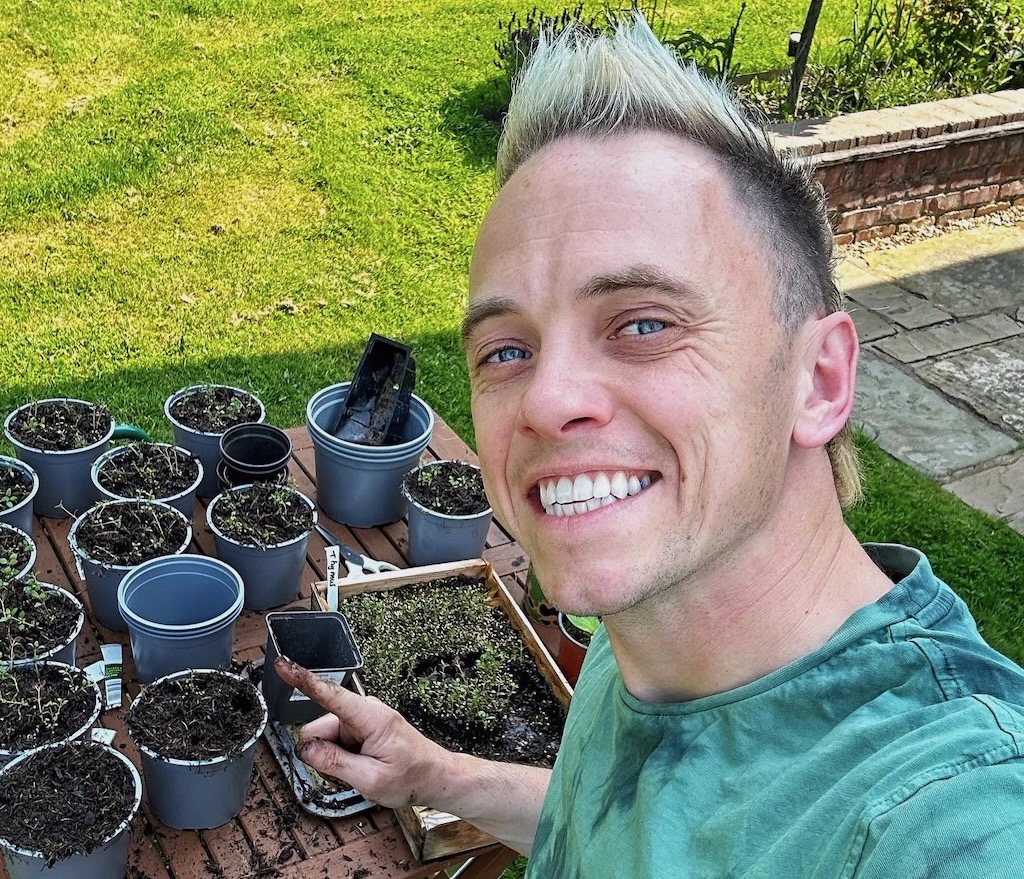
The beauty of independent plant nurseries is often the vast specialist plant knowledge they can offer you to. Give them a call or if they have a physical shop go visit them. Tell them what you're looking for, your soil type, aspect and they will always help pick some wonderful specimens. Making your gardening journey more individual and successful!
Key Tip: Use Social Media or Facebook to ask for recommendations for local growers and nurseries. Specifically look at nurseries that specialise in the kind or type of plants you're looking for i.e. Alpines, Bulbs or Trees.
Buying healthy plants online is an exciting opportunity to expand your garden without leaving the comfort of your home. Leading you to choose plant specimens that garden centres simply don't offer.
By conducting thorough research, selecting reputable nurseries, and knowing your plant's needs, you can make informed choices and welcome thriving green additions to your collection.
Remember to read customer reviews, check for health guarantees, and examine plant descriptions and photos to ensure your virtual plant shopping experience is successful and rewarding. Lastly, make sure that plants are going to be delivered speedily and that you have planned the time to plant them as soon as they arrive!
Make sure you visit my Youtube channel, for more gardening guides. You can also check out my Tweet, Facebook or Instagram for more garden help and tips.
Happy gardening!



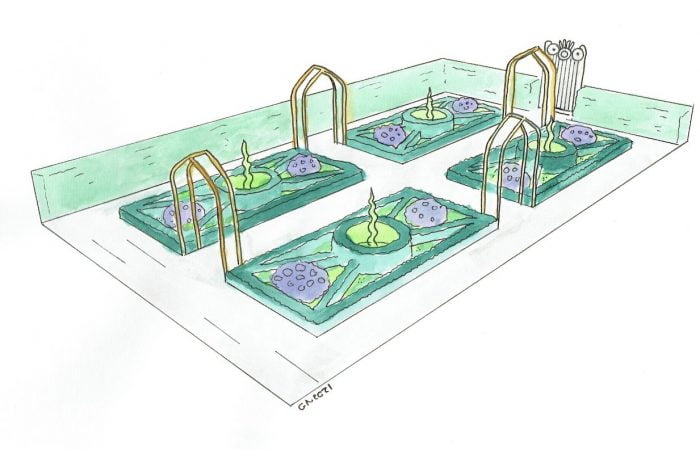

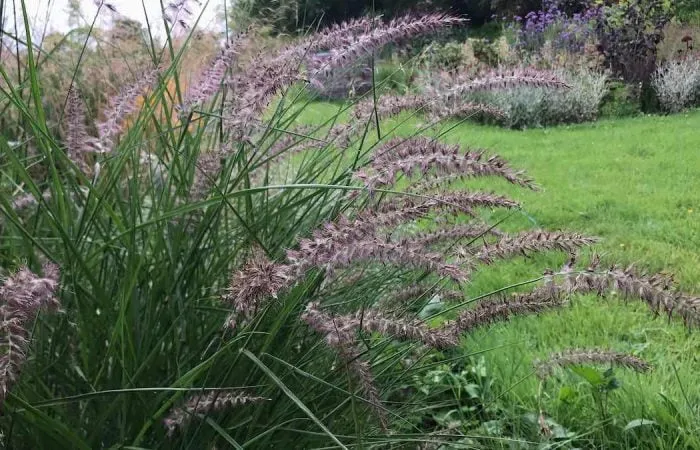


JOIN THE NINJAS
Join our Ninja community for extra guides & Discount Codes for Online Garden Courses!